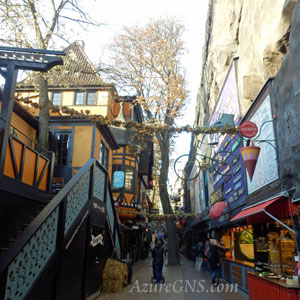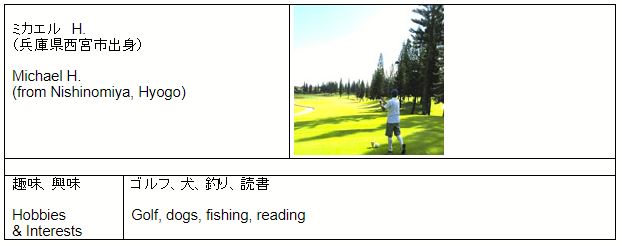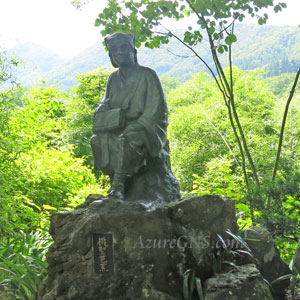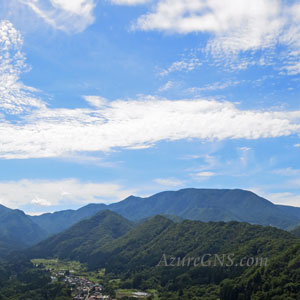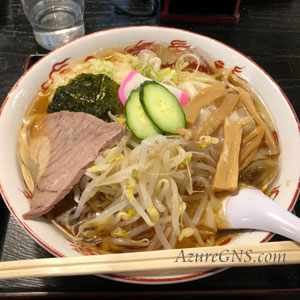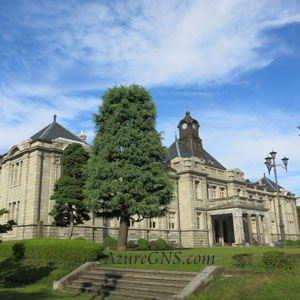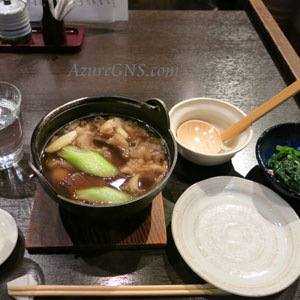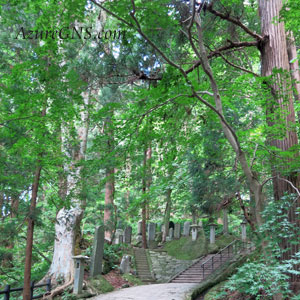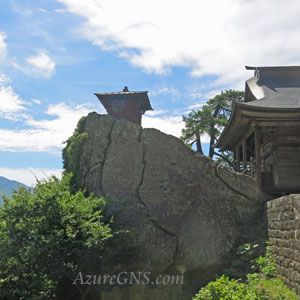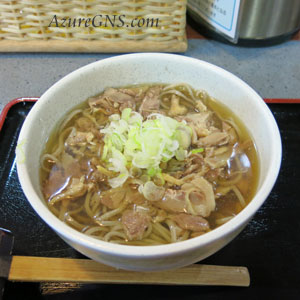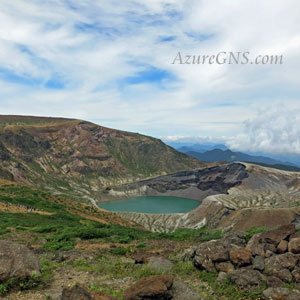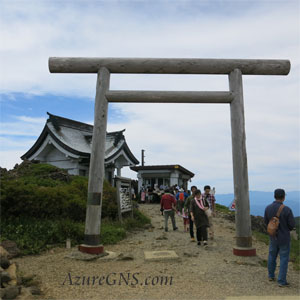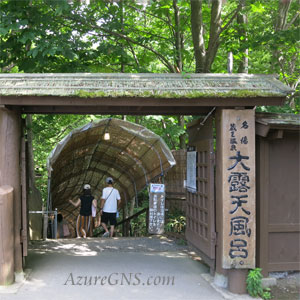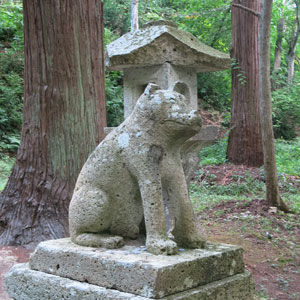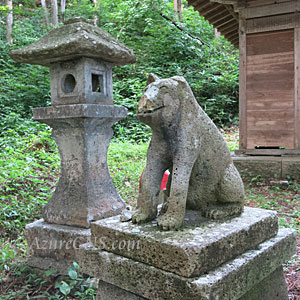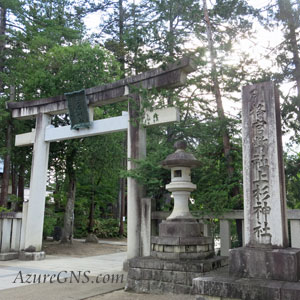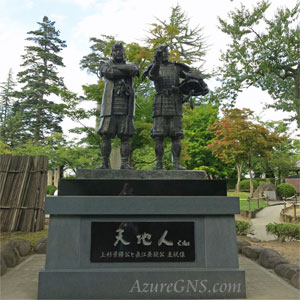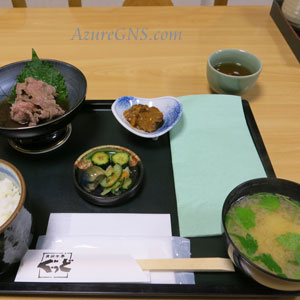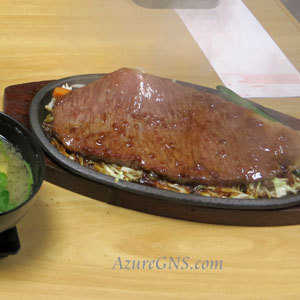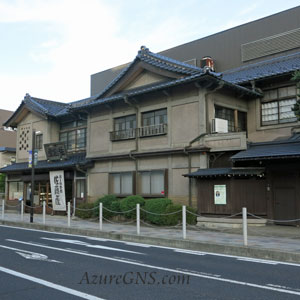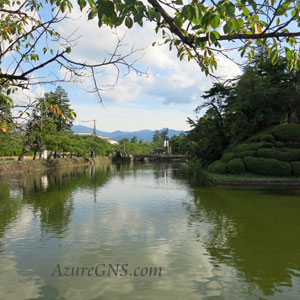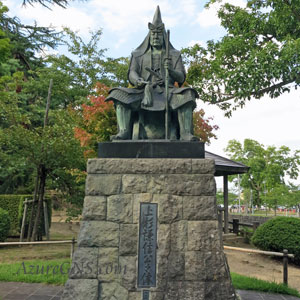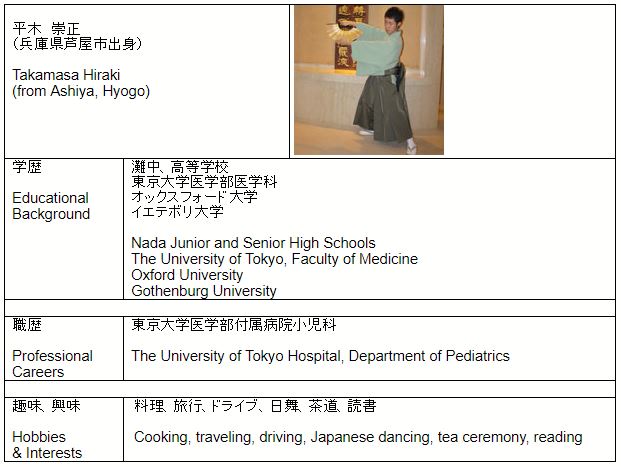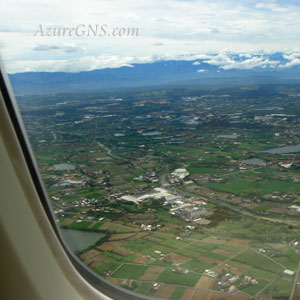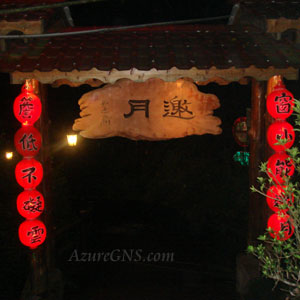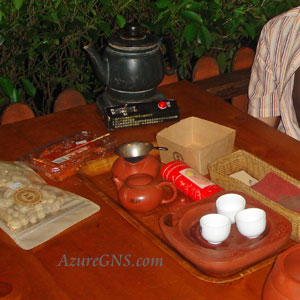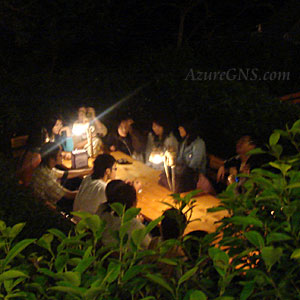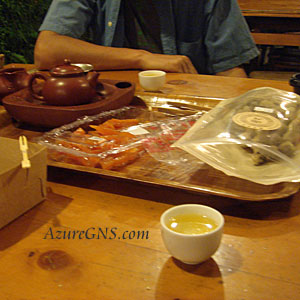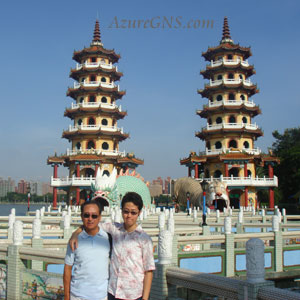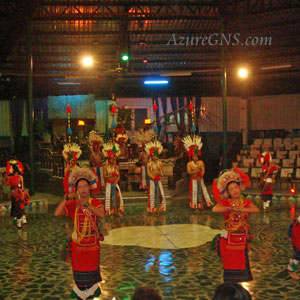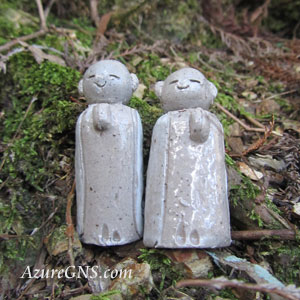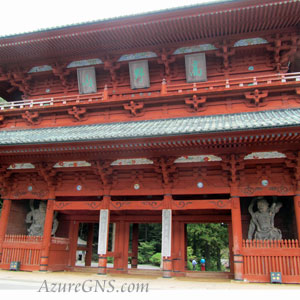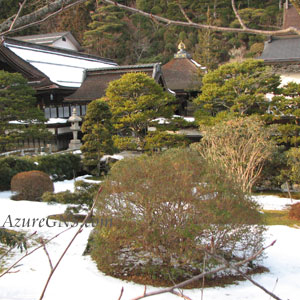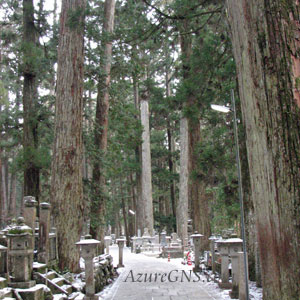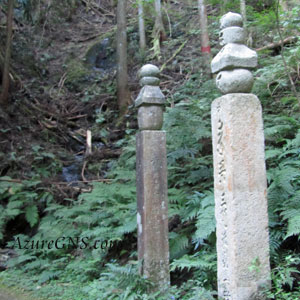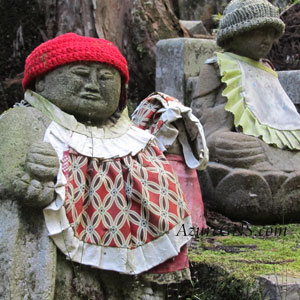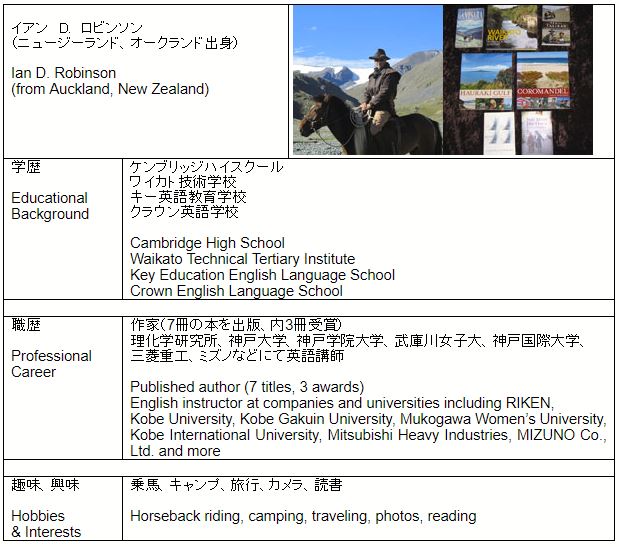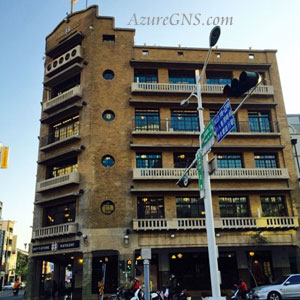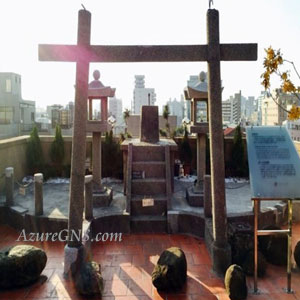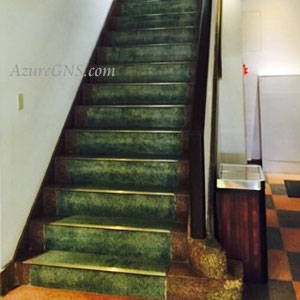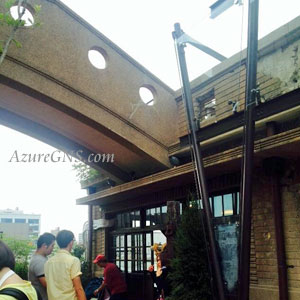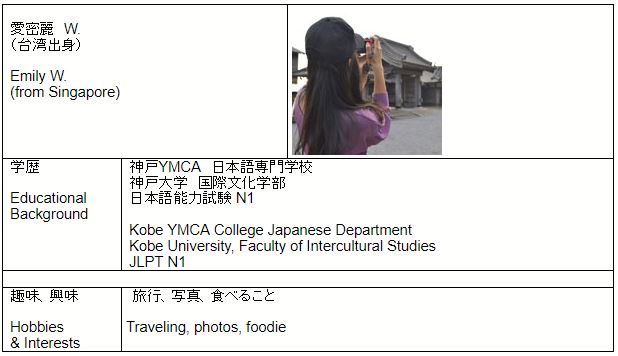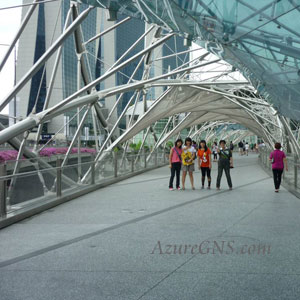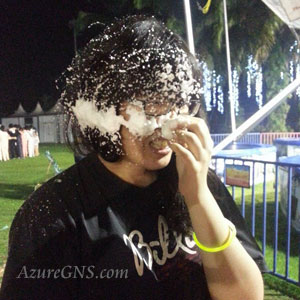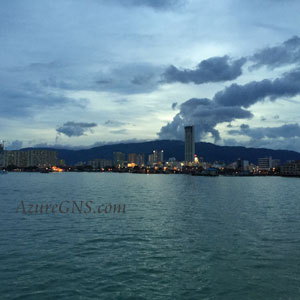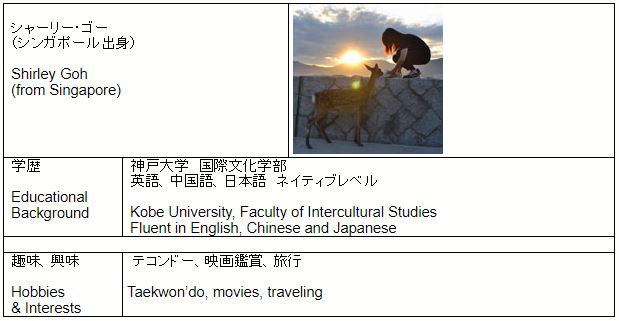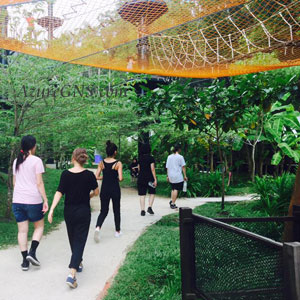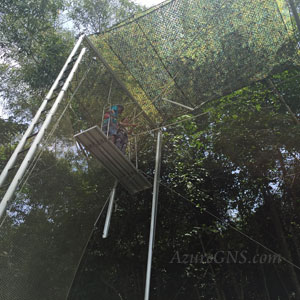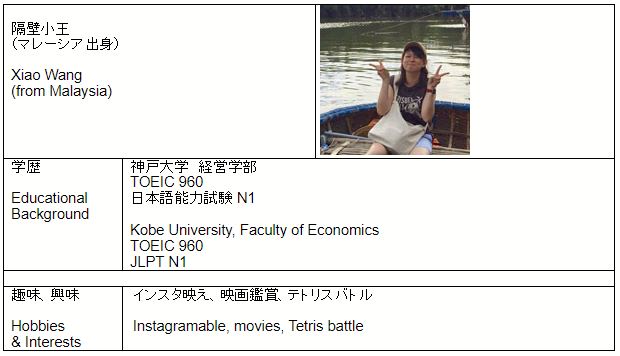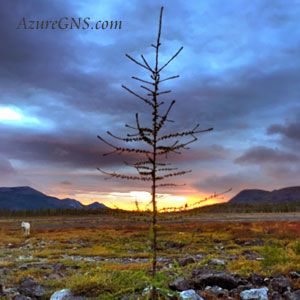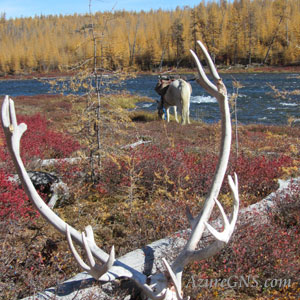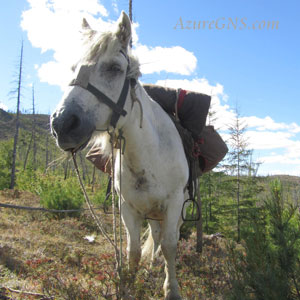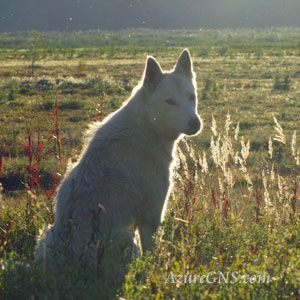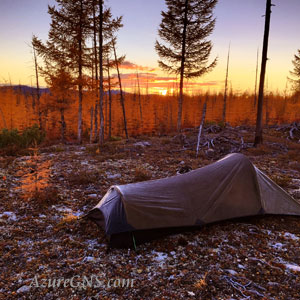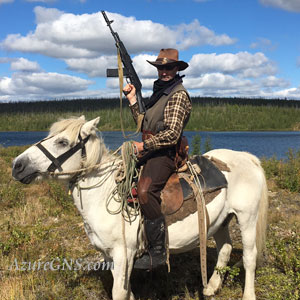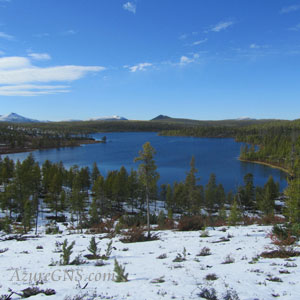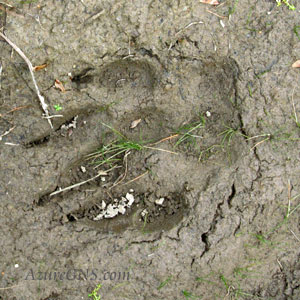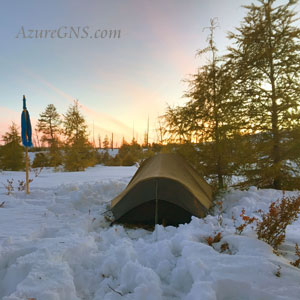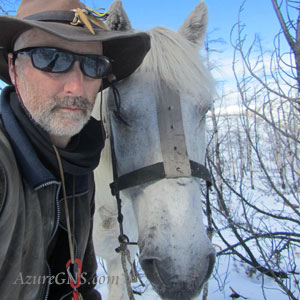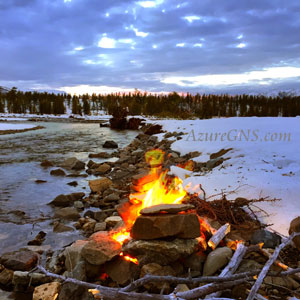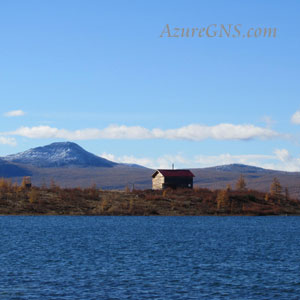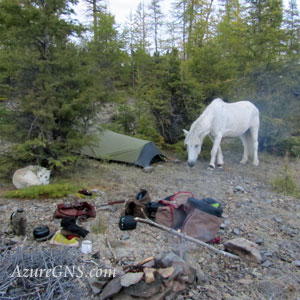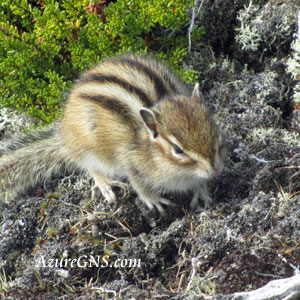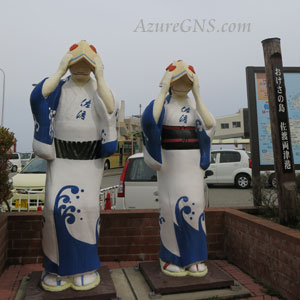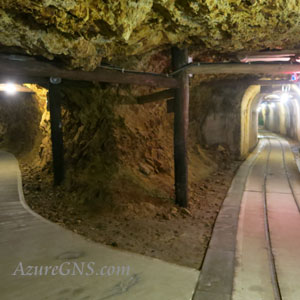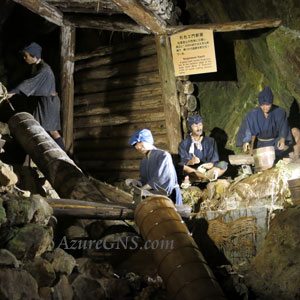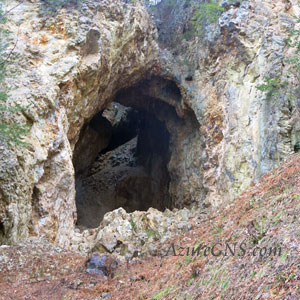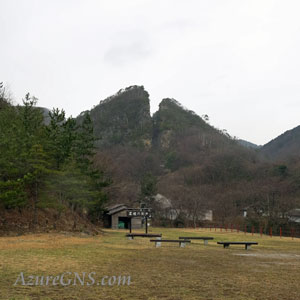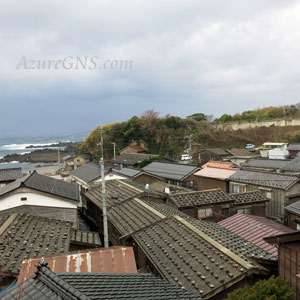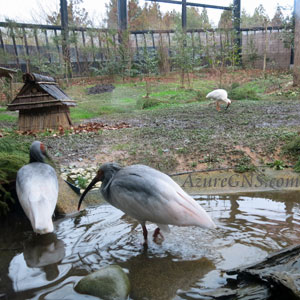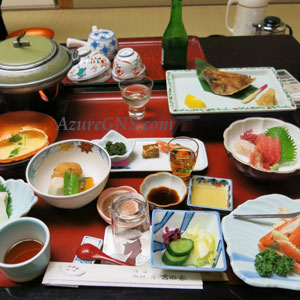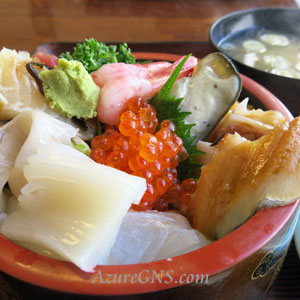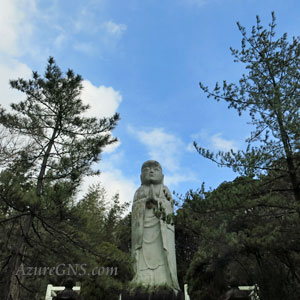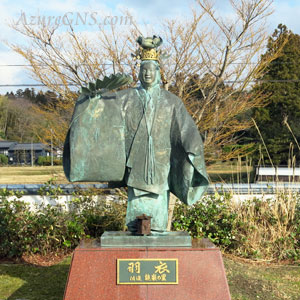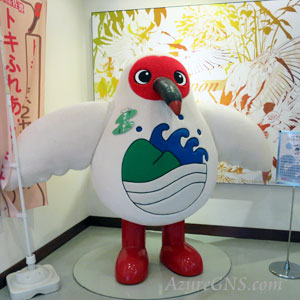北欧3国の思い出
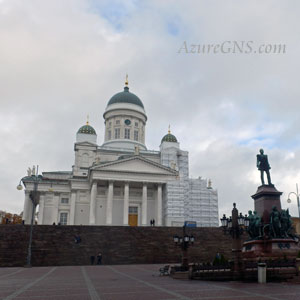
数年前に大手企業主催の北欧への視察会があり、一生に一度は行ってみたい国々でもあったので喜んで参加しました。42名の団体で6日間に3国4都市を巡る旅で過密スケジュールでしたが、若干の自由時間もあり北欧特有の文化の一端を感じることができました。
Several years ago, I willingly took part in a tour of inspection, which was organized by a certain large company, to Northern Europe because I had long wanted to go there even once in my life. The tour of 42 members was very packed: 4 cities in 3 countries within 6 days; however, I still freely enjoyed some of the cultures peculiar to North Europe in a short period of time.
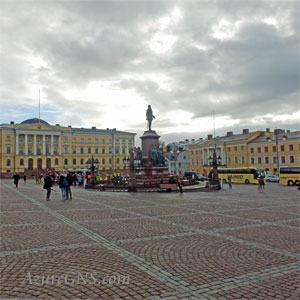
最初はフィンランドのヘルシンキです。中心街に向かうバスの車窓からみる光景が過去訪れた海外のどの都市とも異なり、緑の木々以外は白亜の建物が立ち並ぶやや無機的にも見える異空間に来た感覚で新鮮でした。ロンドンやパリやローマのような歴史を感じる重厚な建物ではなく、高さがほぼ均一で調和がとれたビルが整然と並んでいました。通りには原色を使った派手な広告や看板は全く無く、清潔感に溢れていること、人も自動車も少なく街全体が静かで穏やかなことに感動しました。
First, we visited Helsinki in Finland. The scenery seen from the window of the bus bound for the midtown area seemed very fresh to me: a little inorganic and unusual space with green trees and white buildings, different from any other foreign country. There weren’t any profound historical buildings like in London, Paris and Rome, and harmonious buildings of almost the same height stood regularly. The streets without any flashy advertisements or signboards in garish colors were quite clean, and the entire towns with fewer people and cars were quiet and peaceful. All of them made me very impressed.
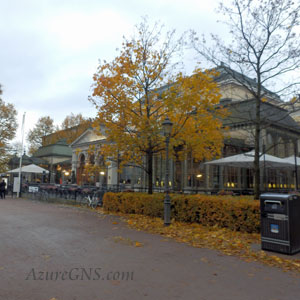
自転車の利用者が多く専用道路が完備しているため、通りがスムーズに流れていることも整然に見える一因のようです。市街を散策すると自動販売機、露天商、違法な駐車・駐輪、路上のゴミやタバコの吸い殻などは全く見られず、フィンランド国民の道徳性の高さが感じ取れます。時間の流れがとても緩やかに感じられてゆったりとした気持ちになったのですが、私がいつも雑然とした都市で時間に追われるせわしない生活に慣れきっていてそれが普通と思い込んでいるからなのでしょう。
One of the reasons why the streets looked orderly was the well-equipped cycling paths. I found the people of Finland had a high level of morality because I didn’t see any vending machines, stalls, illegally parked cars and bicycles, garbage or cigarette-butts on the streets when I was walking around. I could relax very much during the slowly passing time maybe because I thought it natural to live restlessly and busily in the crowded city.
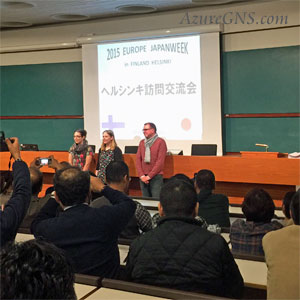
ヘルシンキ大学では学生のスピーチを聞かせてもらいましたが、日本への留学経験がないにも関わらず流暢な日本語を話し、内容も機知に富んでいて感動しました。多くのフィンランド人が英語は勿論、数か国語を普通に話せるとのことで、歴史的に地理的に必然性があるとしても勤勉で文化度が高い国民性だと思いました。
At the University of Helsinki, we listened to the students’ speeches and I admired their fluent and witty deliveries despite their inexperience of studying in Japan. I thought the Finns were a very diligent and highly cultured people because they could naturally speak some foreign languages as well as English, even after considering their necessity of learning foreign languages because of historical and geographical reasons.
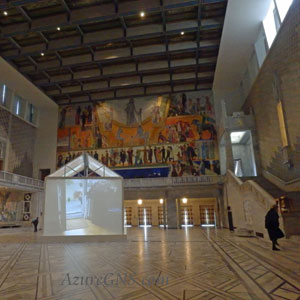
次はノルウェーのオスロです。市庁舎で毎年ノーベル平和賞の授与式が行われるフロアを見学し、アルフレッド・ノーベルがスウェーデンとノルウェー両国の和解と平和を祈念して平和賞のみをノルウェーで行うことにしたことを知りました。北欧でも長い間隣国同士がいがみ合う歴史があったことに驚きです。
Next, we visited Oslo in Norway. We looked around the floor of City Hall, where the Nobel Peace Prize award ceremony is held every year, and I learned that Alfred Nobel decided to hold only the Peace Prize award ceremony in Norway wishing for the reconciliation and peace between Sweden and Norway. I was surprised to know the history of the long conflict between the two neighboring countries even in Northern Europe.
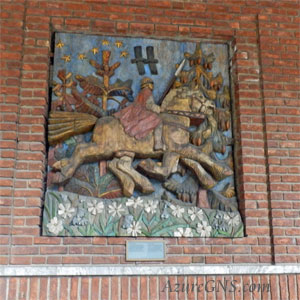
市庁舎の入り口には北欧神話の大きな壁画が並んでいて最高神オーディンや美の女神フレイアなどが物語風に描かれています。私の家ではミニチュアシュナウザーという犬を飼っているのですが、4年前13歳で亡くなった雌犬はフレイア、現在16歳の雄犬はオーディン、2歳弱の雌犬2匹はスクルドとウルドです。いずれも息子が北欧神話に出てくる神々の名前から命名しているので、犬たちを思い浮かべながら興味深く壁画に見入ってしまいました。後で同じ団体の数人に自慢げにその話しをしたら、少しは面白がってもらえましたがほぼスルーされてしまい残念でした。
At the entrance of City Hall, there were big wall paintings with the motif of Norse mythology, where the supreme god Odin and the goddess Freya with other gods and goddesses were painted in a narrative style. I had and have miniature schnauzers which were named after Norse mythology: Freya was a female dog which passed away 4 years ago at the age of 13, Odin is a 16-year-old male dog, Skuld and Ould are female dogs which are a little younger than 2 years old. My son named them after a god and goddesses of Norse mythology; therefore, I thought of my dogs when I was looking at the wall paintings. Later, I proudly talked about my dogs and their names, but unfortunately, they showed only a little interest in my story.
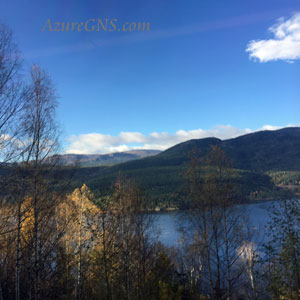
オスロを出てスカンディナビア山脈の南端を横断するベルゲン鉄道とフロムに通じる登山鉄道に乗って荒々しい山々を縫うように進みました。10月末でも辺りは深い雪で覆われていて、北欧神話の中にいるような幻想的で美しい風景を忘れることはできません。車内には液晶モニターがあって観光ガイドを流していますが、英語、フランス語だけでなく日本語もあって驚きです。如何に多くの日本人がフィヨルドやオーロラ観光に訪れているかが分かります。
We left Oslo and moved along a zigzag railroad in the rough mountains by the Bergen Railway which ran through the southern tip of the Scandinavian mountains and the mountainous railway for Flam. The land was covered with deep snow even at the end of October and I could not forget the fantastic and beautiful scenery as if I had been in Norse mythology. The sightseeing guide on the LCD monitor in the vehicle was performed in English, French and Japanese, to my surprise. It showed that so many Japanese went there for a fjord and aurora tour.
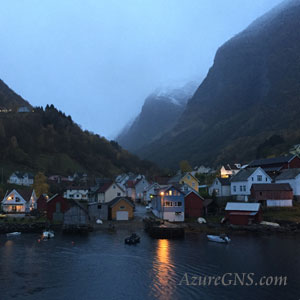
フロム港に着きフィヨルド遊覧船に乗ろうとしたのですが、乗船時間を過ぎても係員が出てきません。船員たちは悠然と煙草を吸ったりしてのんびりしているように見え、乗客たちは少しいら立っていましたが、1時間ほどしてエンジントラブルで修理中とのアナウンスがあり、結局2時間遅れで出航となりました。夕方近くになってしまったので、出向して少しすると日が落ちて辺りは真っ暗になり折角のフィヨルドの絶景が見えなくなってしまいました。更に雨模様になり霧が出てきたこともあって乗客は船室で過ごすしかなくなりまました。ただ、真っ暗な中に所々集落の明かりがぼんやりと見えて幻想的かつ神秘的な雰囲気を楽しむことができました。
We were supposed to transfer from the train to the fjord sightseeing boat at Flam Harbor, but no one in charge came out even after the boarding time. We were a little irritated to see the sailors smoking cigarettes relaxingly and leisurely. After about 1 hour, they announced that the boat was under repair because of engine trouble, and finally the boat left the harbor 2 hours behind schedule. It was almost evening when the boat put out to sea, so after a little while, the sun set, and we couldn’t see the superb view of the fjord any more in the total darkness. And what was worse, it became rainy and foggy, and we couldn’t do anything but stay in our cabin. Even so, I still enjoyed the fantastic and mysterious atmosphere of dim lights of scattered houses in the dark.
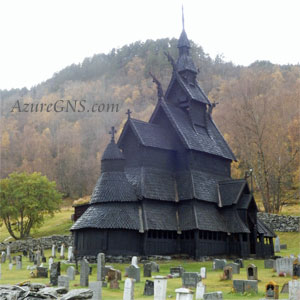
フロムからバスでオスロに戻る途中、世界遺産に登録されているボルグンド・スターヴ教会を見学しました。釘や金物を一切使わない高度な建築技術を駆使して12世紀に建造されたノルウェー国教会の木造建築物ですが、今もなお修復を重ねながら大切に保存されています。日本でも大ヒットしたディズニー映画「アナと雪の女王」に出てくるエルサの氷の宮殿のモデルになった場所だと後で知って、もっとよく見ておけば良かったと思いました。
On the way back from Flam to Oslo by bus, we had a look around Borgund Stave Church, World Heritage Site. It was a wooden architecture of the Church of Norway, which was built using advanced architectural technology without any nails or metallic material in the 12th century. This church has been repeatedly repaired and preserved in very good condition since it was built. Later, I thought that I should have looked around the church more to learn that this church was the model of Elsa’s ice palace in the Disney movie, “Frozen” which was a big hit in Japan.
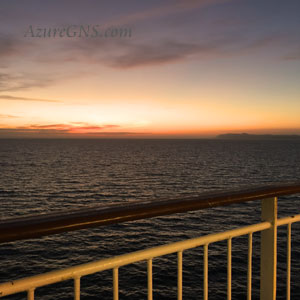
オスロに戻り次の訪問国デンマークのコペンハーゲンまで大型客船で移動しました。夕方出航して翌朝に着くのですが、船上から見た東のスウェーデン側の朝焼けがとても美しく、西のデンマーク側には小高い丘の上にそびえ立つクロンボー城の荘厳な姿がとても印象的でした。
We went back to Oslo, and set sail for Copenhagen in Denmark, our next destination, on a large passenger ship. The ship left the harbor in the early evening and arrived the next morning. While I was on the board, I was deeply impressed by the beautiful morning glow in the eastern direction, the Sweden side, and Kronborg Castle towering solemnly on the small hill in the western direction, the Denmark side.
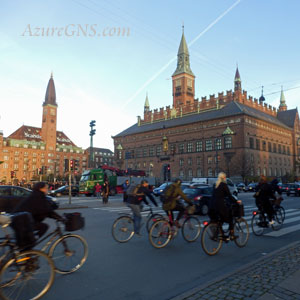
コペンハーゲンに着くと今までの幻想的で穏やかな雰囲気から一変して、人や車が多く行きかい、街全体が活気に溢れていてさすがにヨーロッパを代表する国際貿易都市だと感じました。時間の進み具合がもとに戻った感覚で心地良く感じたのは私だけではないように思いました。
Unlike the fantastic and calm atmosphere which I experienced in this tour, Copenhagen was a busy city with many people and cars, and it was one of the biggest international trade cities in Europe. The time passed as quickly as I felt in Japan, and it made not only me but also some of other tour members feel comfortable.
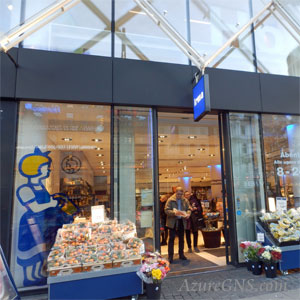
地元のガイドさんから最近デンマークのお土産で日本のセレブな奥様やお嬢さん達に人気があるのはスーパーマーケット「イヤマ(Irma)」のエコバッグ(500円程度)だと聞いていたので、チボリ公園を少し早めに切り上げてそのスーパーマーケットに行ってみたのですが、日本を代表するような企業のトップや役員である同じ団体の中高年のおじさん達がそのエコバッグ売場に群がり一人何枚も買い漁っていたので思わず笑ってしまいました。(自分もその内の一人なのですが)
The local tour guide gave us some information about a popular souvenir from Denmark to wealthy madams and ladies in Japan: an eco-bag sold at supermarket “Irma” for about JPY 500. Therefore, I left Tivoli a little earlier than the scheduled time and went to the supermarket. I laughed unconsciously to find other middle-aged and elderly male members of my tour were packing together and buying many eco-bags even though they all were presidents or directors of some of Japan’s best-known countries. (However, I also bought the eco-bag.)
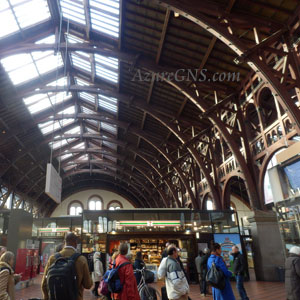
今回はそれぞれの都市の滞在時間が短く代表的な観光スポットを駆け足で巡ったので表面的な見方しかできませんでしたが、もし再度北欧に行く機会があれば、今回訪れた3カ国に加えスウェーデンも長い時間をかけてゆっくりと鉄道で回り、観光案内に載っていないような田舎の町にも行って、より深く地元文化に接してみたいと思います。
In this tour, I stayed for a few days in each city and looked quickly and superficially around only famous sightseeing spots. If I have another chance to visit Northern Europe again, I want to spend a lot of time traveling by train around Sweden in addition to three countries I already visited, and I also want to experience local culture in rural towns which aren’t shown in tour guide books.

